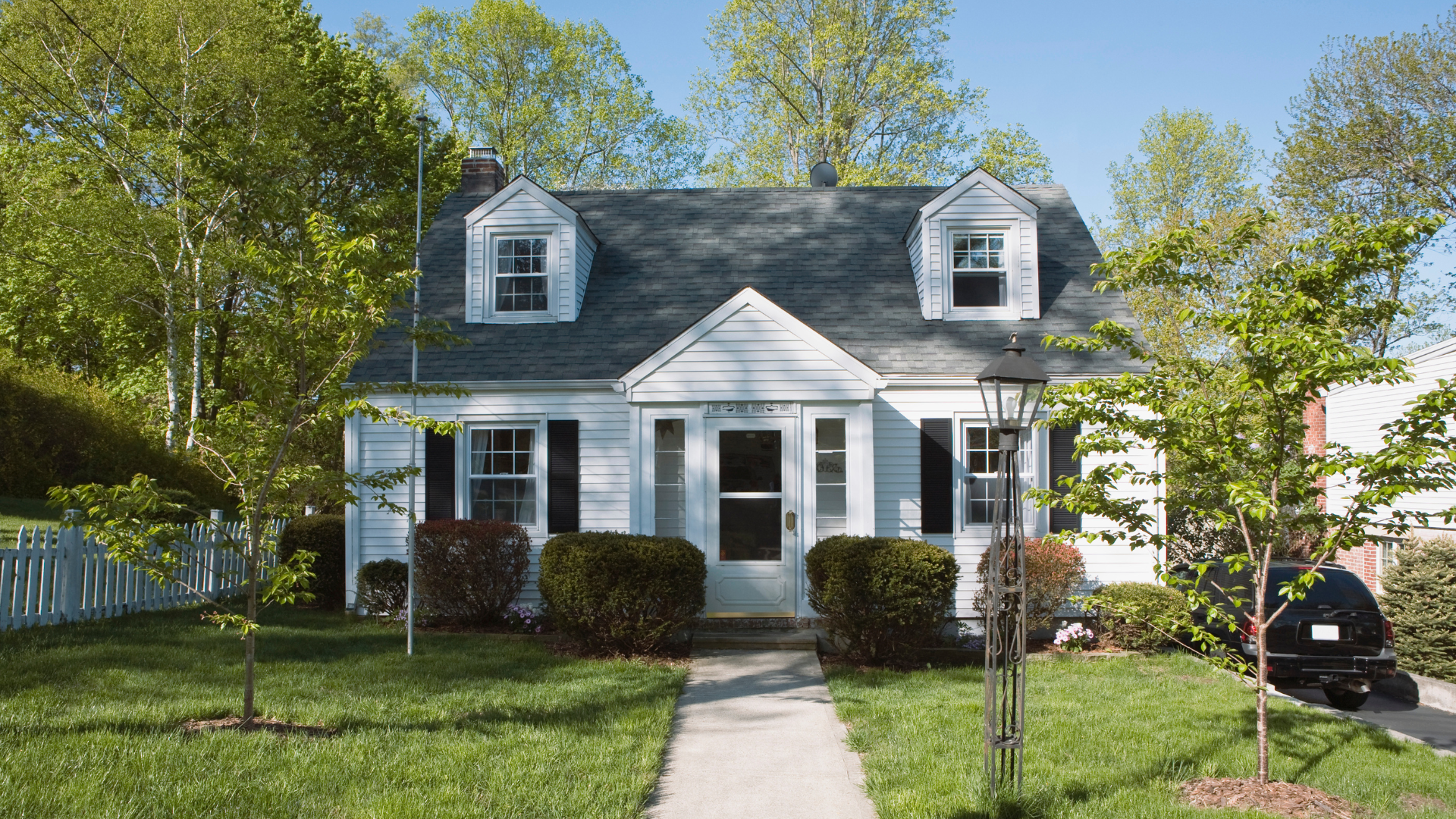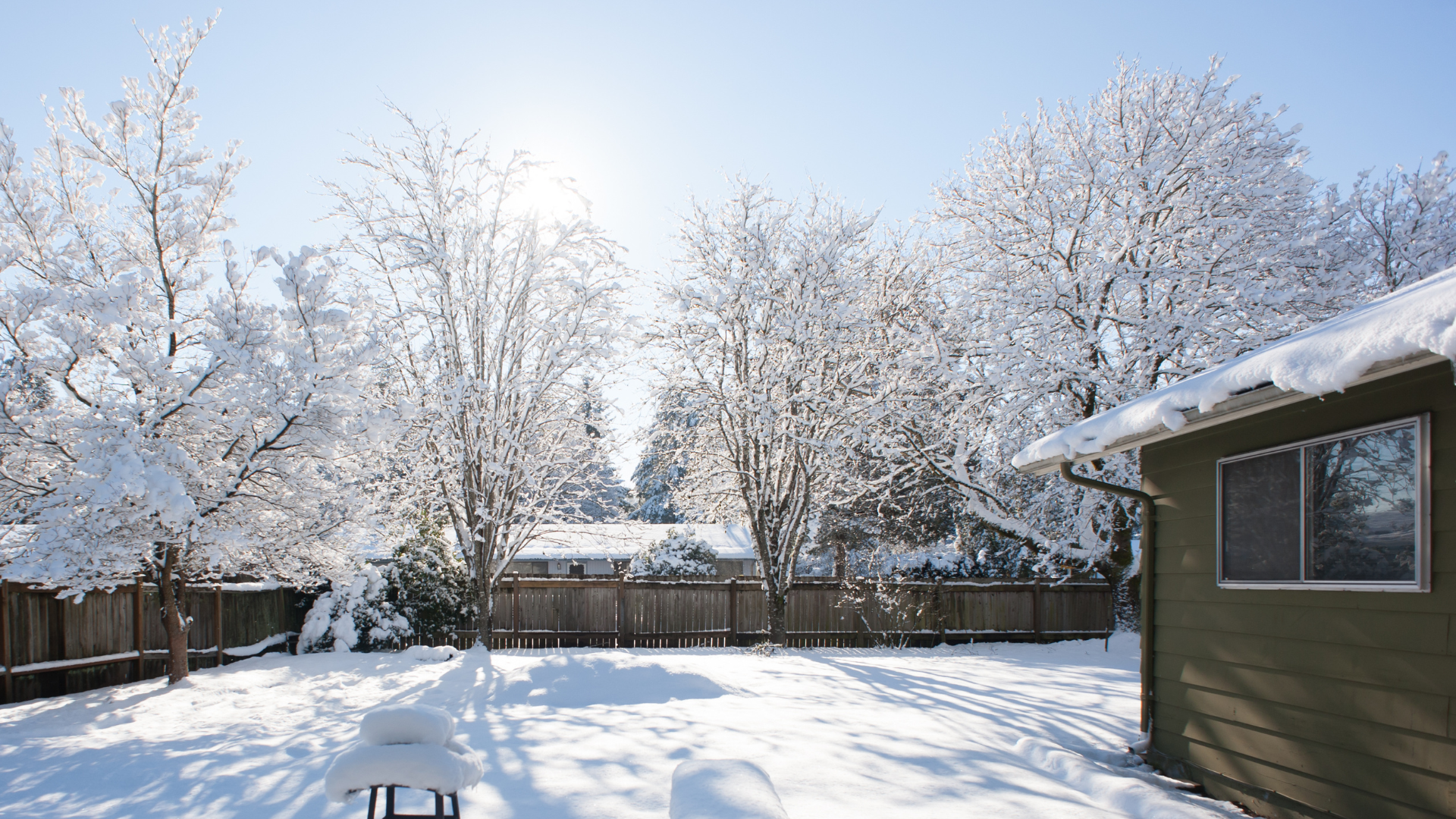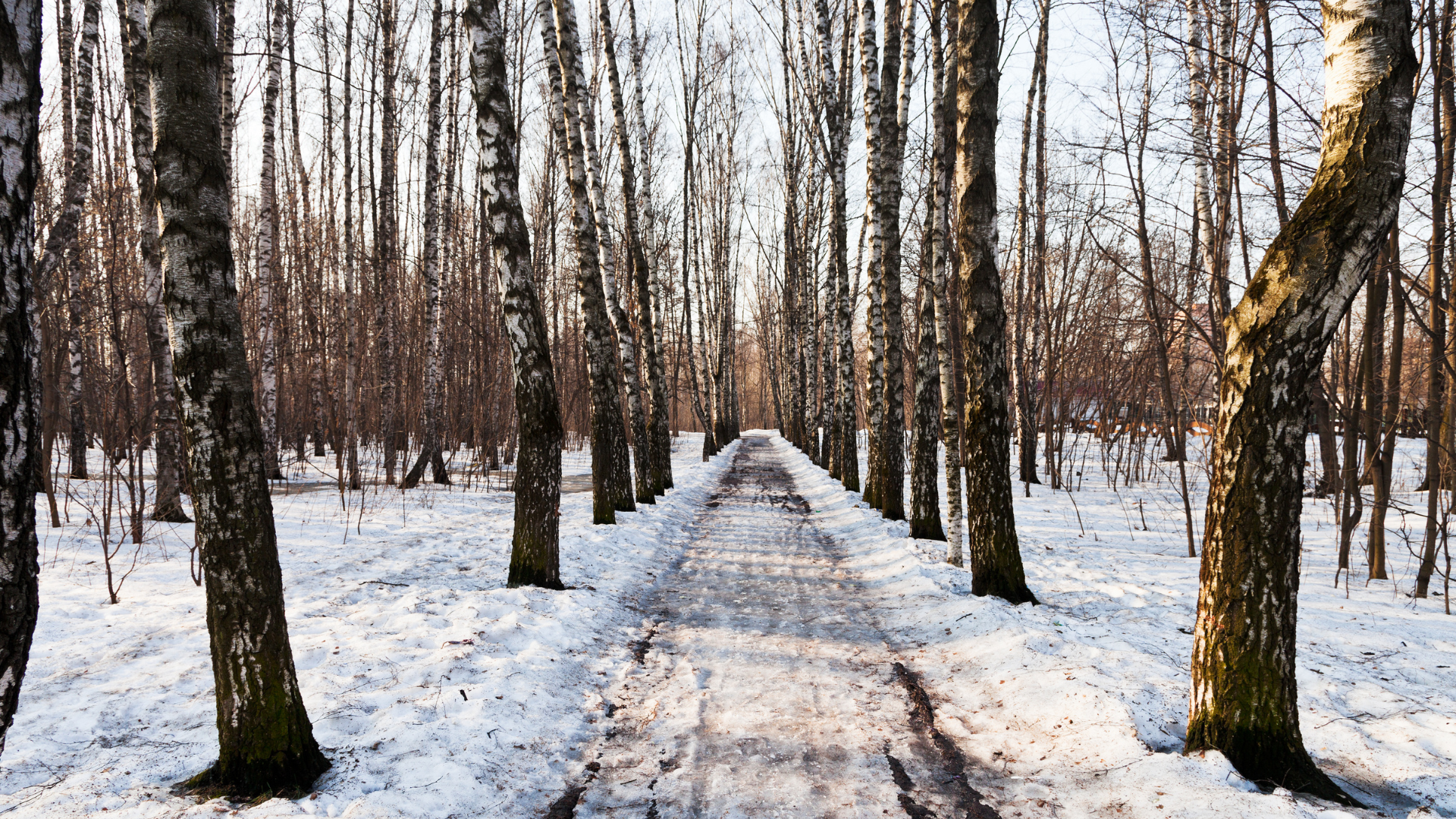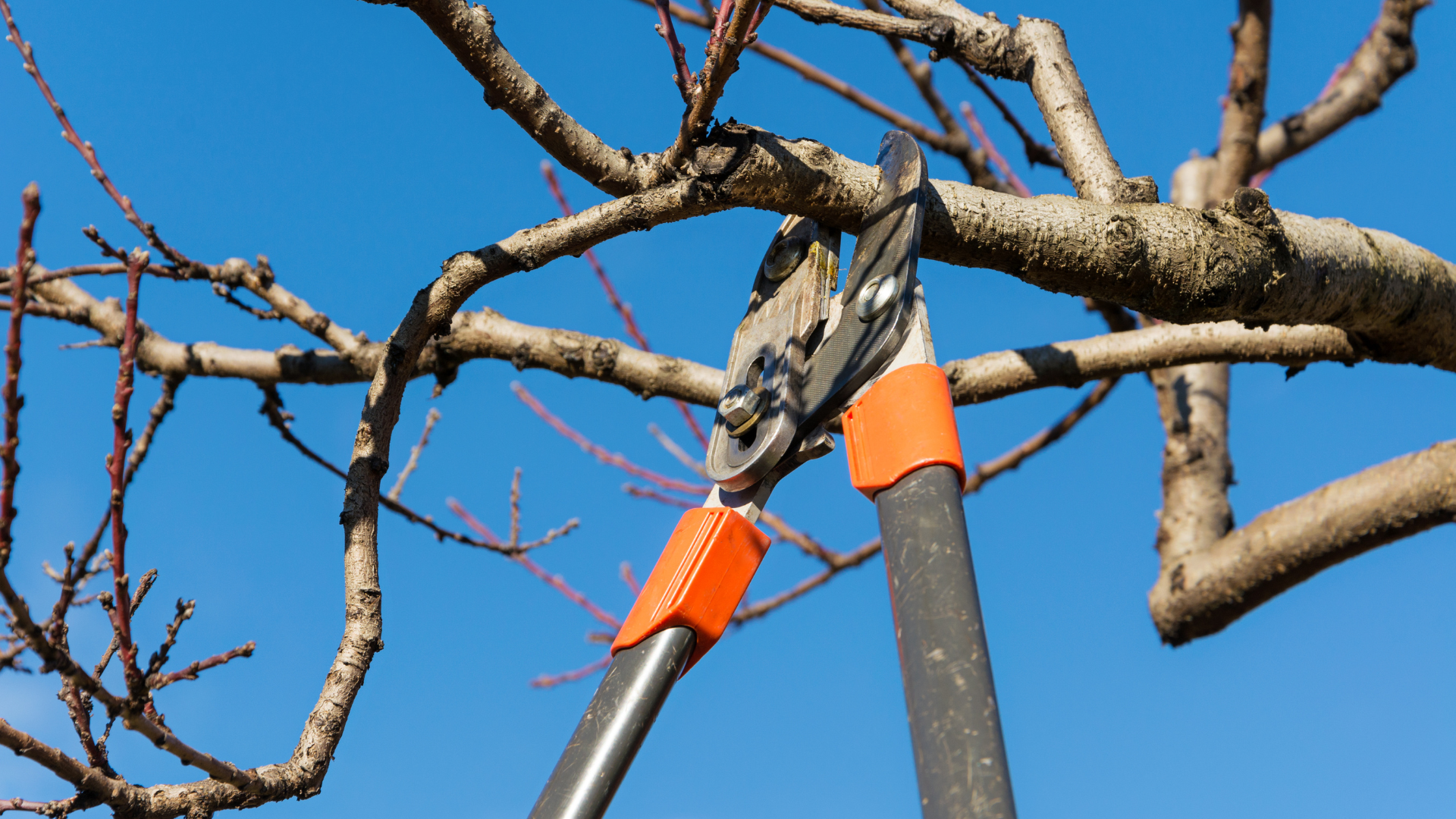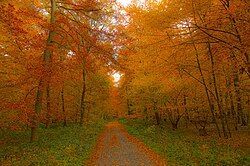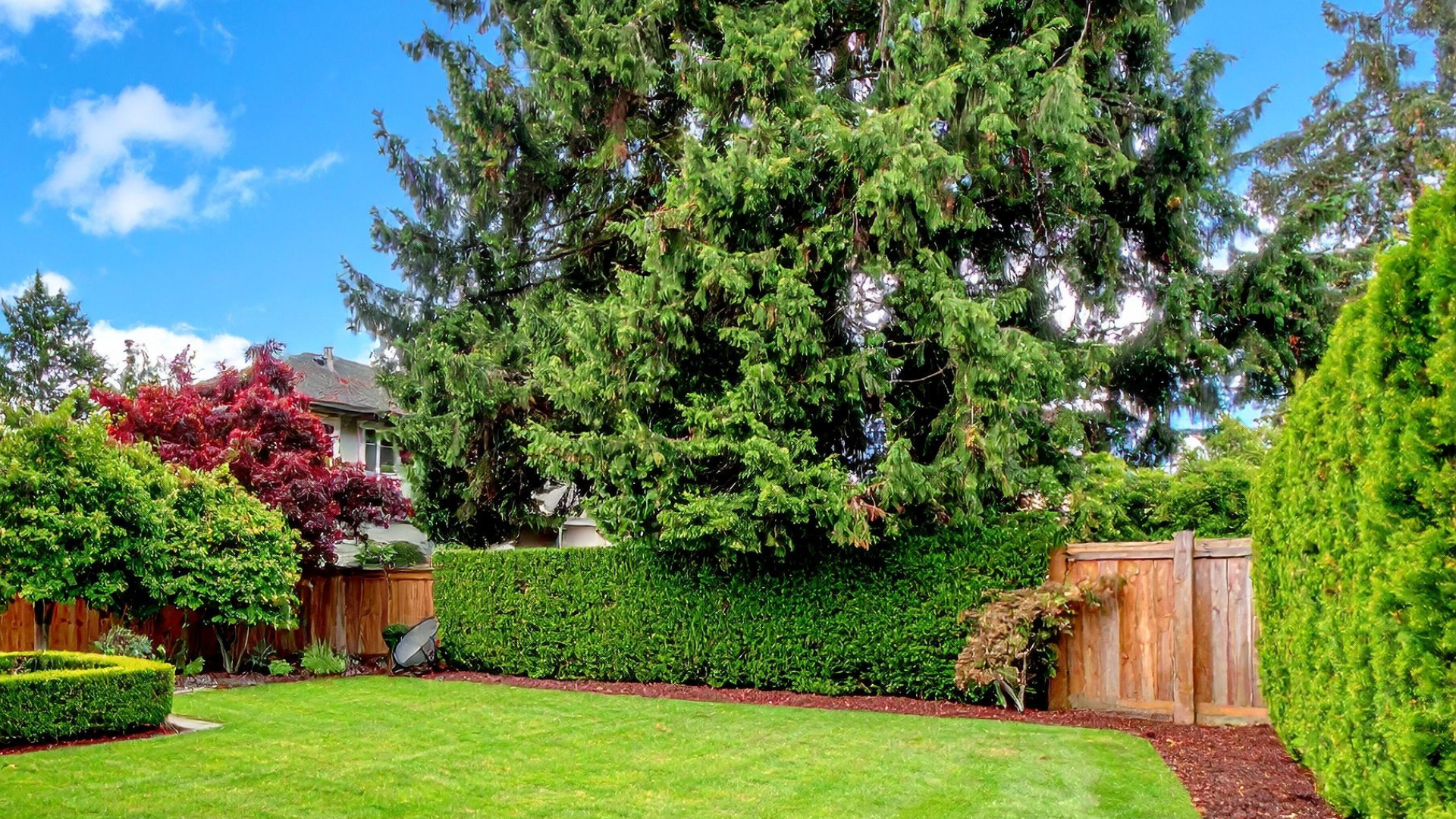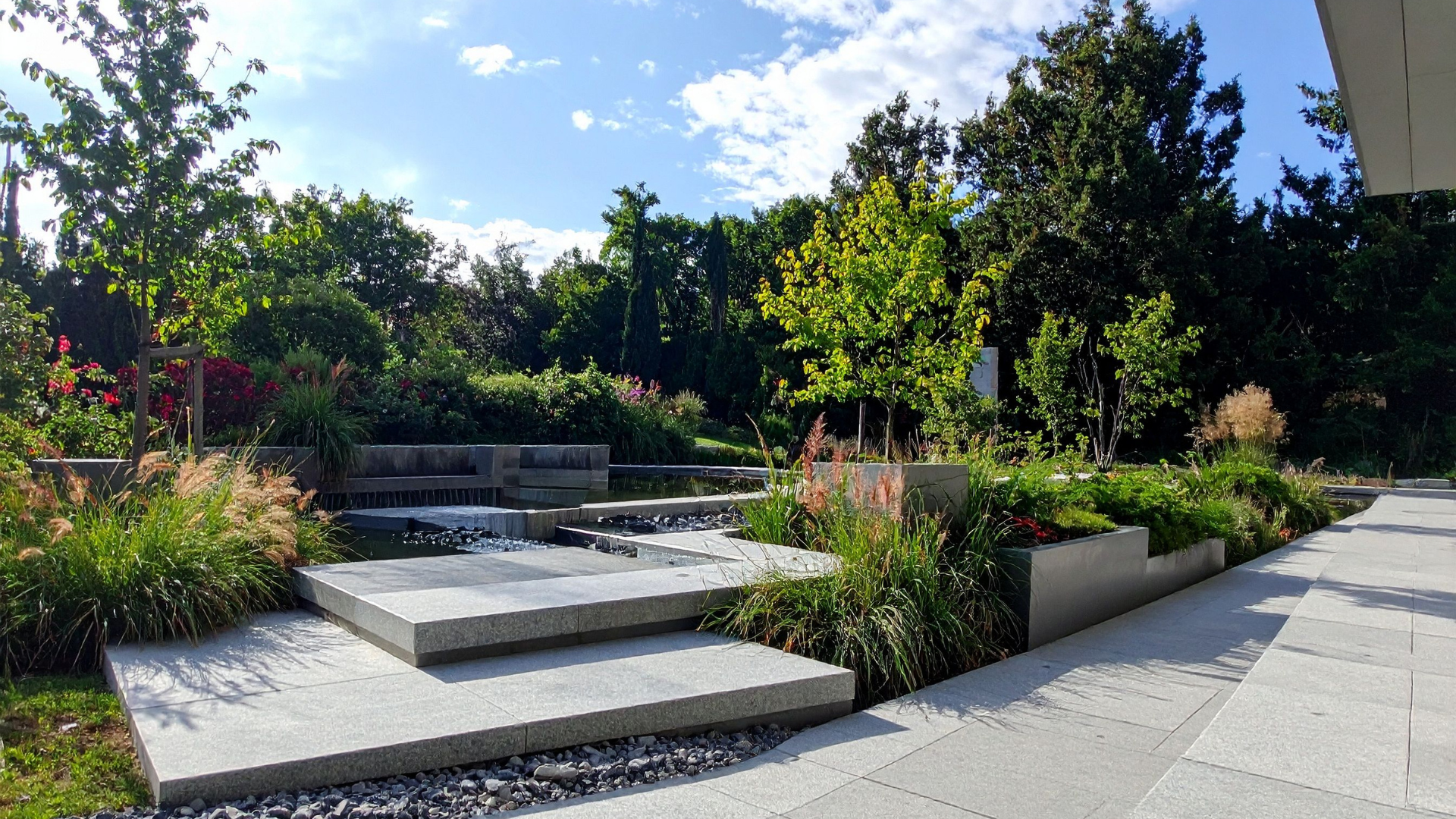Tree Pruning Myths That Could Harm Your Landscape
Pruning is one of the most important aspects of tree care. When done correctly, it improves the health, safety, and appearance of your trees. However, when done poorly or based on incorrect assumptions, it can cause lasting damage. At Midwest Tree Surgeons, we often encounter homeowners who have heard common myths about pruning that could put their trees at risk. By understanding these misconceptions, you can make better choices for your landscape.
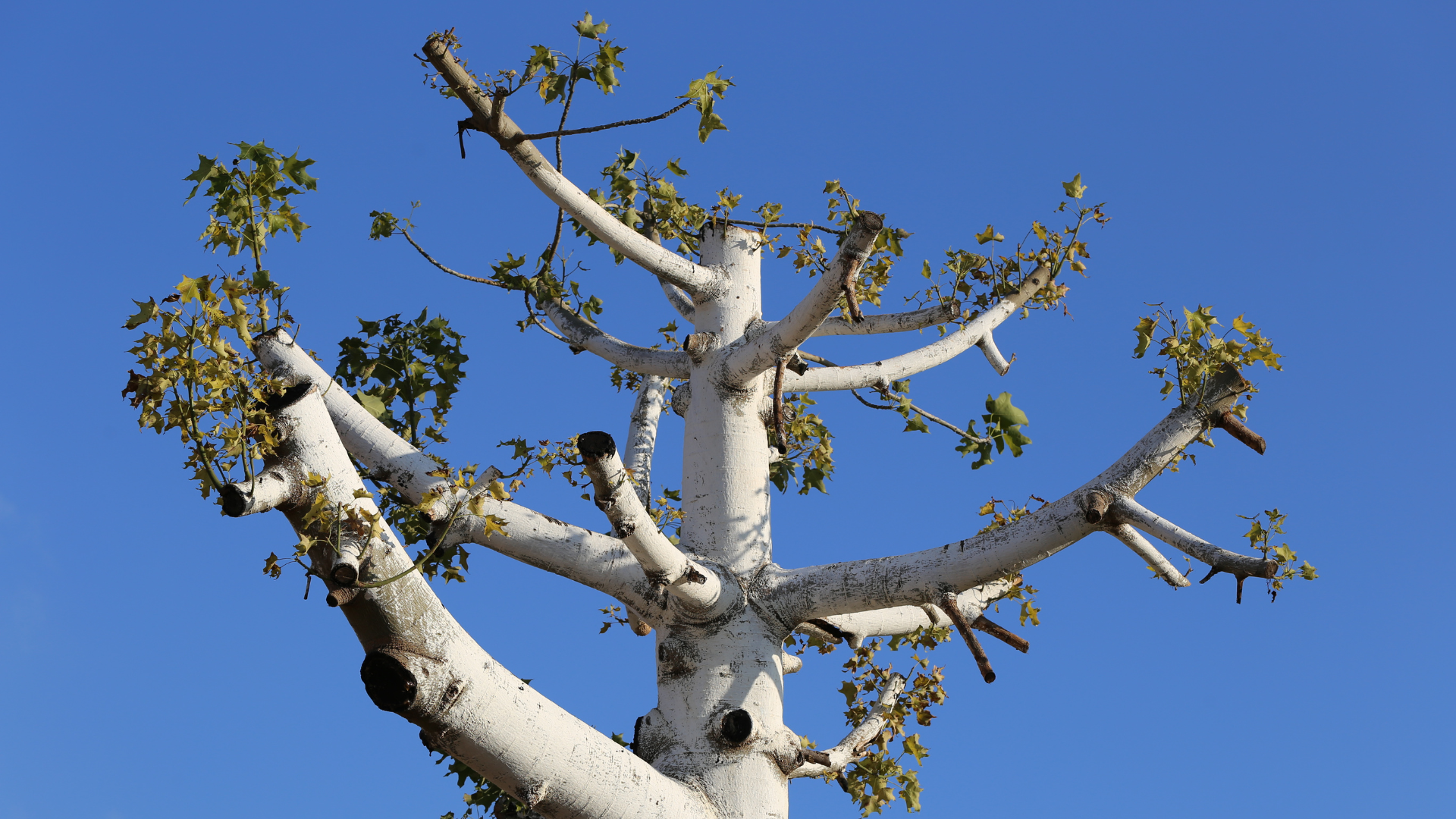
Myth 1: Topping a Tree Helps Control Growth
One of the most persistent myths is that topping, or cutting off the top of a tree, is a safe way to reduce height. In reality, topping severely damages the tree by removing its main branches and exposing large areas of bark. This leads to decay, weak regrowth, and in many cases, early tree death. The practice also increases the risk of falling limbs because the new shoots that emerge after topping are poorly attached. Proper crown reduction performed by a professional is a much safer and healthier way to manage tree size.
Myth 2: Trees Can Be Pruned at Any Time of Year
It may seem convenient to prune whenever you notice a branch that looks out of place, but timing matters. Pruning during the wrong season can stress the tree, leave it vulnerable to pests, or prevent it from healing properly. For most species, late winter or early spring is ideal because the tree is dormant, and wounds will heal quickly when growth resumes. Summer pruning can also be beneficial in certain cases, but it is always best to consult with professionals who know the growth cycles of different species.
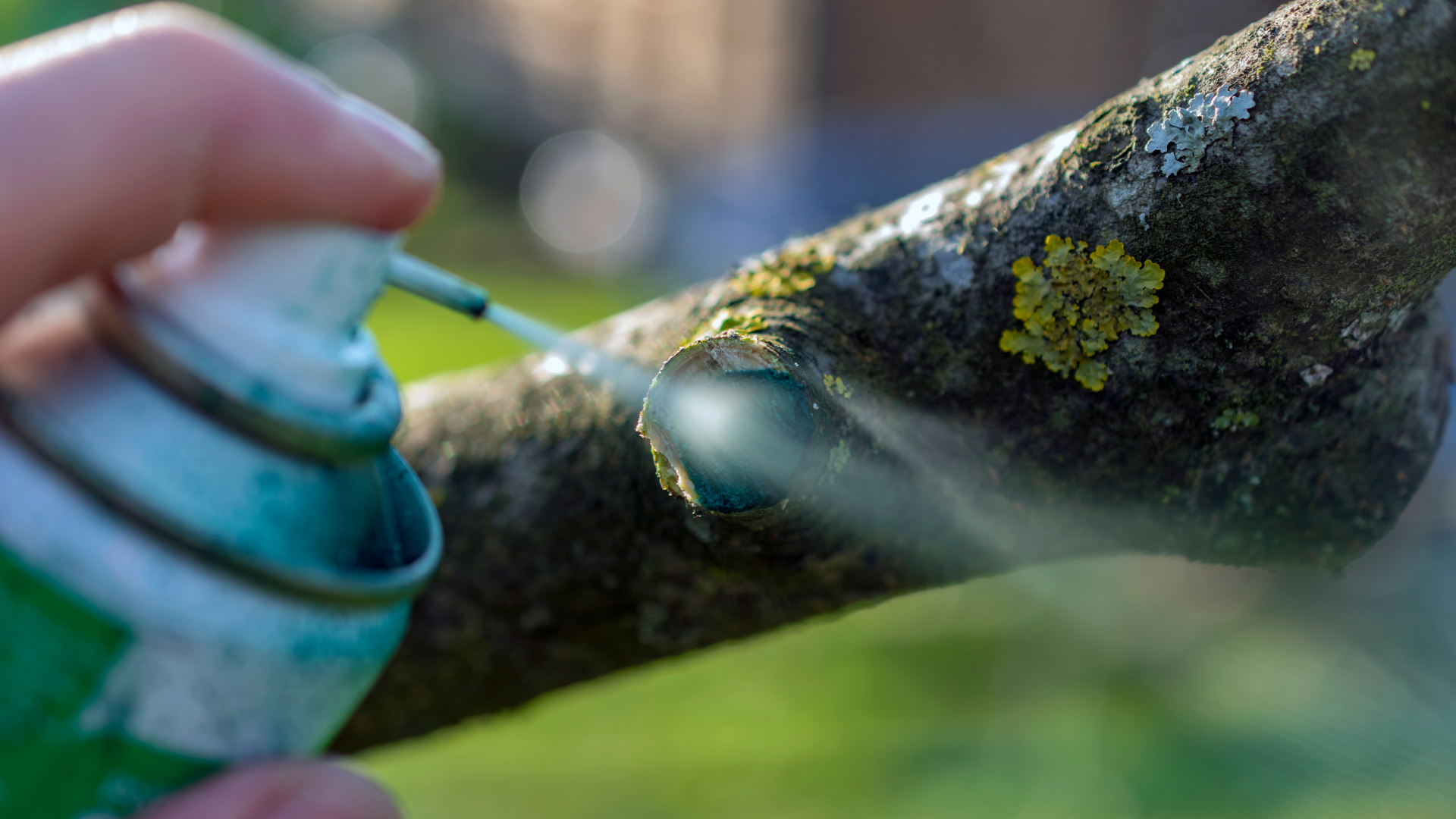
Myth 3: Sealants Are Necessary After Every Cut
Decades ago, it was common practice to apply paint or tar to pruning cuts with the idea that it would prevent infection. Research has since shown that trees naturally form callus tissue to seal wounds, and adding chemicals can actually trap moisture and promote decay. The healthiest approach is to make clean cuts at the correct angle and allow the tree to heal naturally.
Myth 4: Removing Large Limbs Will Not Harm the Tree
Sometimes homeowners believe they can remove large branches without consequence. While it may seem like a simple fix, removing major limbs creates large wounds that are difficult for the tree to close. This leaves the tree open to pests and decay. If large branches truly must be removed, the cut should be made carefully to avoid tearing the bark, and the overall balance of the canopy should be preserved.
Myth 5: Pruning Encourages Faster Growth
Many assume that pruning stimulates growth in the same way trimming a hedge does. While pruning can redirect energy to other parts of the tree, excessive or improper cuts often stunt growth instead of encouraging it.
Over-pruning removes the leaves that trees need for photosynthesis, limiting their ability to create energy. The result is often a weaker, less resilient tree.
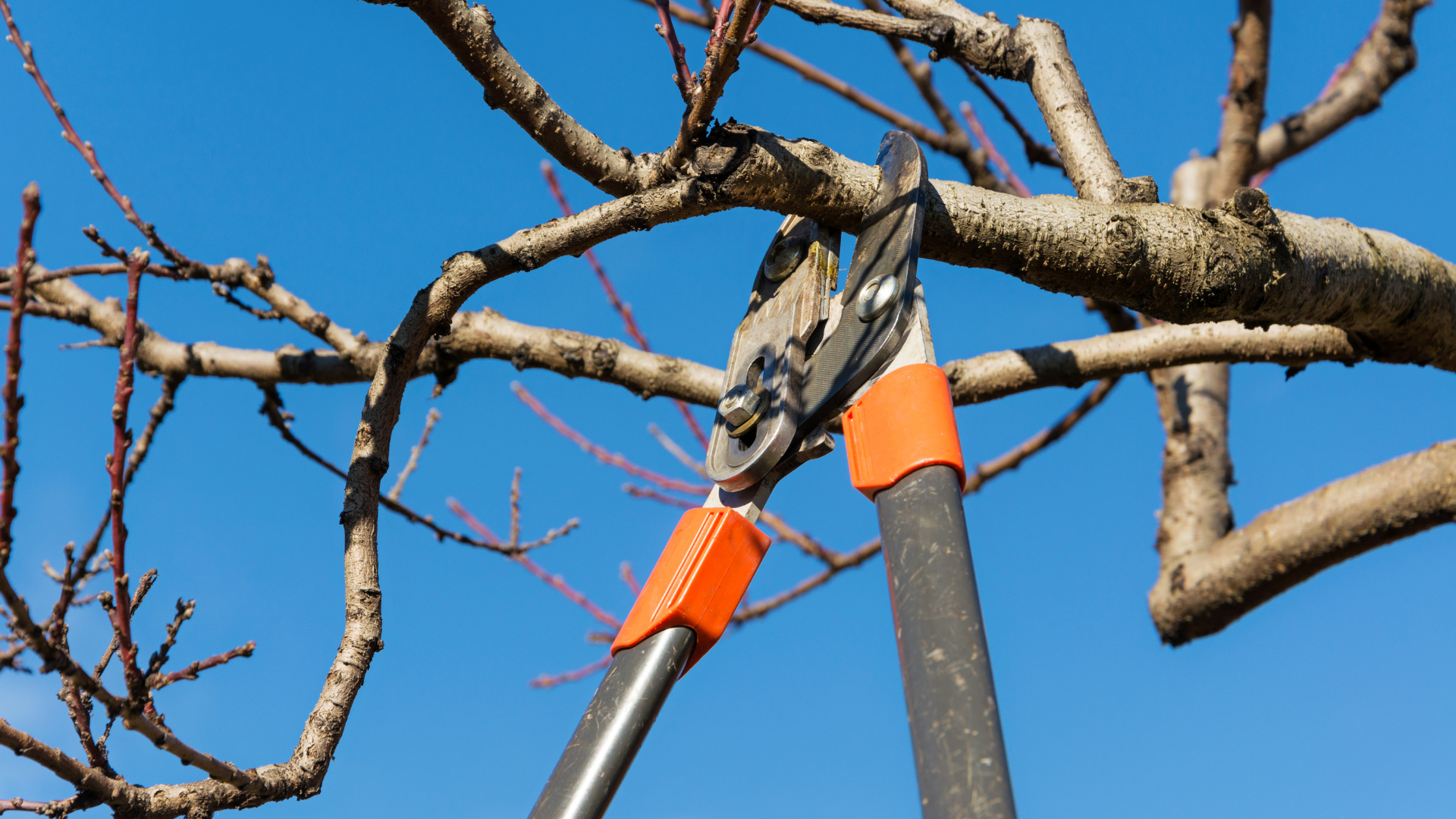
The Right Way to Prune
Pruning is both a science and an art. It requires an understanding of tree biology, growth patterns, and structural integrity. Professional arborists use precise techniques to:
- Remove diseased or damaged branches without stressing the tree
- Improve air circulation and light penetration
- Shape the tree while maintaining its natural form
- Prevent hazards by eliminating weak or crossing branches
By trusting trained experts, you can ensure that your trees receive the care they need without the risks associated with common myths.

Why Professional Pruning Matters
DIY pruning may save money in the short term, but the long-term damage caused by improper cuts can be costly. Trees are valuable assets to your property, adding beauty, shade, and even increasing home value. Professional pruning protects that investment while reducing the risk of accidents or tree loss.
At Midwest Tree Surgeons, we approach every pruning project with precision and care. Our team understands the myths that often mislead homeowners and replaces them with proven practices that keep trees strong and landscapes thriving.
Final Thoughts
Tree pruning is essential, but it must be done correctly. By avoiding myths such as topping, unnecessary sealants, or year-round trimming, you can preserve the health and beauty of your trees. Partnering with experienced professionals ensures your landscape remains safe, vibrant, and ready to flourish for years to come.
